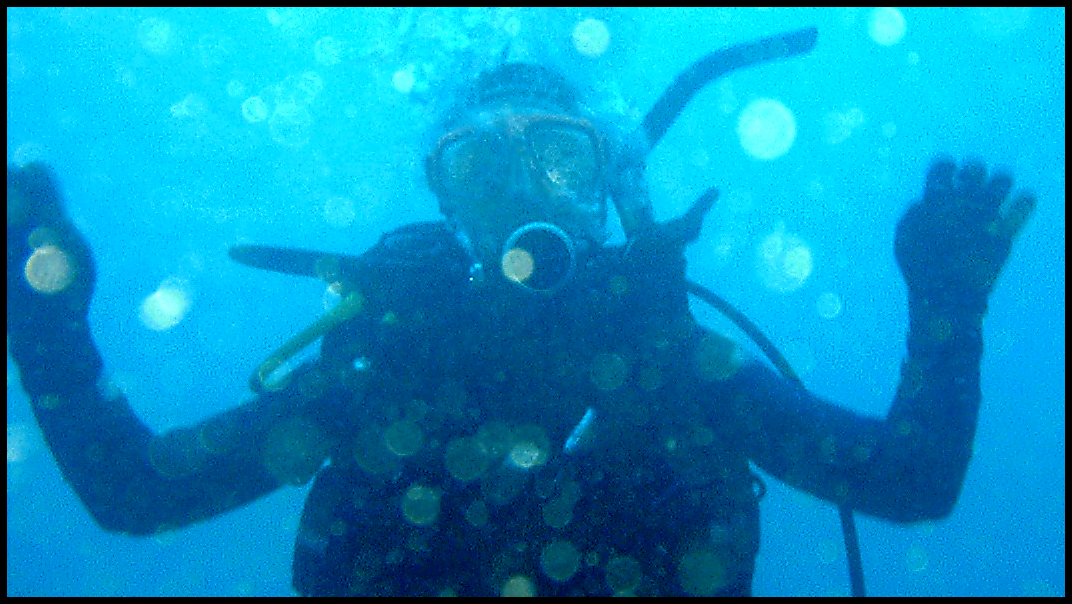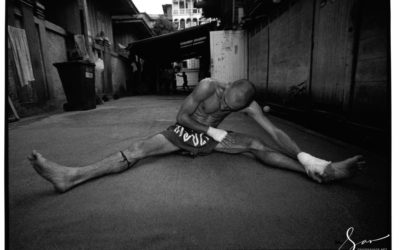Crayfish & Conflict

How a scuba diving emergency illustrates key principles of conflict resolution
Twenty-metres down and I feel a tug on my fin… my buddy signals he’s out of air, his eyes wide and face full of fear… as everything slipped into slow-motion, my first thought was clear, ‘How are we going to get the crayfish now?’
This is a story I share on Communication Leadership training, about a scuba dive trip that went wrong and how it illustrates key principles in conflict resolution.
I’ll save the details of the full story and the relevance of the crayfish for people on the training, but here are a few key principles;
- Keep yourself safe: This is perhaps the golden rule of conflict resolution. In the same way I needed to bite down harder on my mouth piece as my panicking buddy tried to rip it out of my mouth, you need to keep your self safe in a conflict scenario.
- Direct your energy to where it counts: When people are in conflict, it’s easy to go off on tit-for-tat tangents. Focus instead on getting the practical needs that matter met. A little like directing my spare regulator (mouth piece) towards my buddy’s mouth so he could breathe again.
- Stay tuned-in: As I began an emergency assent with my buddy, I maintained eye contact, letting him know I was 100% with him to get through the situation. This is like giving someone your full attention to solve a problem. If your mind is wandering, they will know and that can make things worse.
- Control the situation: As we got closer to the surface, I needed to steadily deflate my buoyance jacket, (B.C.D.) to avoid shooting upwards too fast. This is like moving through a conflict resolution process; don’t rush it, make each step count to control the situation to get the best possible outcome.
- A slip is not a fall. As we broke the surface, my buddy panicked again. But a slip is not a fall; it didn’t mean we were in for a bad ending. Use what you know to regain traction and reposition the focus where it’s useful. I pushed my buddy away, dived underneath him and levelled him out by pulling down on his shoulders. This calmed him and we were back out of danger.
- Call for help. You don’t need to resolve all conflict on your own. Who can help you? Once stable on the surface I gave an emergency signal for the boat to come over, they pulled him on board and took over from there. Sometimes it’s better to step back and ask someone else to step in. They may have the knowledge, process or mana that can help.
These are just some of the key principles that can help when resolving conflict. Others include clarifying techniques to create greater precision in your understanding, building rapport to build trust, leading with generosity even when others show little, and creating a partnership frame that solves problems collaboratively.
As a final note, conflict resolution is seldom sustainable if achieved on a win-lose basis. Win-lose often means the fight is not over. The leadership opportunity is to resolve conflict on a win-win basis – this may require letting go of the ‘ego’, but it values good relationships and recognises that more can be achieved collaboratively.
David savage
LATEST POSTS.
Okuti Valley
A stripped back hillside collection of several yurts and a tee-pee make up Okuti Garden Eco-Stay. Back-to-basics summer bliss is woven together by a series of organic gardens and planted spaces designed for deeper and slower breathing. In a word, it’s peaceful.
Arborium
The Arborium in fog and Gods light.
Jitti’s Gym, The Long Road to Mastery
Chances are your mastery mission is not an overnight journey, and so it has to matter to you.



